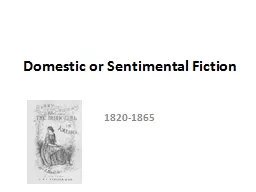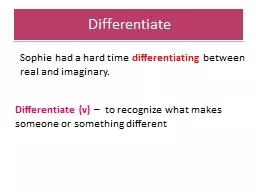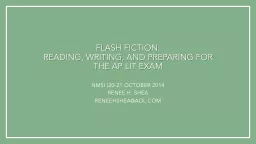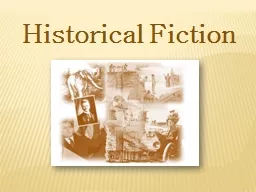PPT-Domestic or Sentimental Fiction
Author : pasty-toler | Published Date : 2016-04-18
18201865 Refers to a type of novels that became extremely popular with women during the middle of the nineteenth century The genre began with Catharine
Presentation Embed Code
Download Presentation
Download Presentation The PPT/PDF document "Domestic or Sentimental Fiction" is the property of its rightful owner. Permission is granted to download and print the materials on this website for personal, non-commercial use only, and to display it on your personal computer provided you do not modify the materials and that you retain all copyright notices contained in the materials. By downloading content from our website, you accept the terms of this agreement.
Domestic or Sentimental Fiction: Transcript
Download Rules Of Document
"Domestic or Sentimental Fiction"The content belongs to its owner. You may download and print it for personal use, without modification, and keep all copyright notices. By downloading, you agree to these terms.
Related Documents














